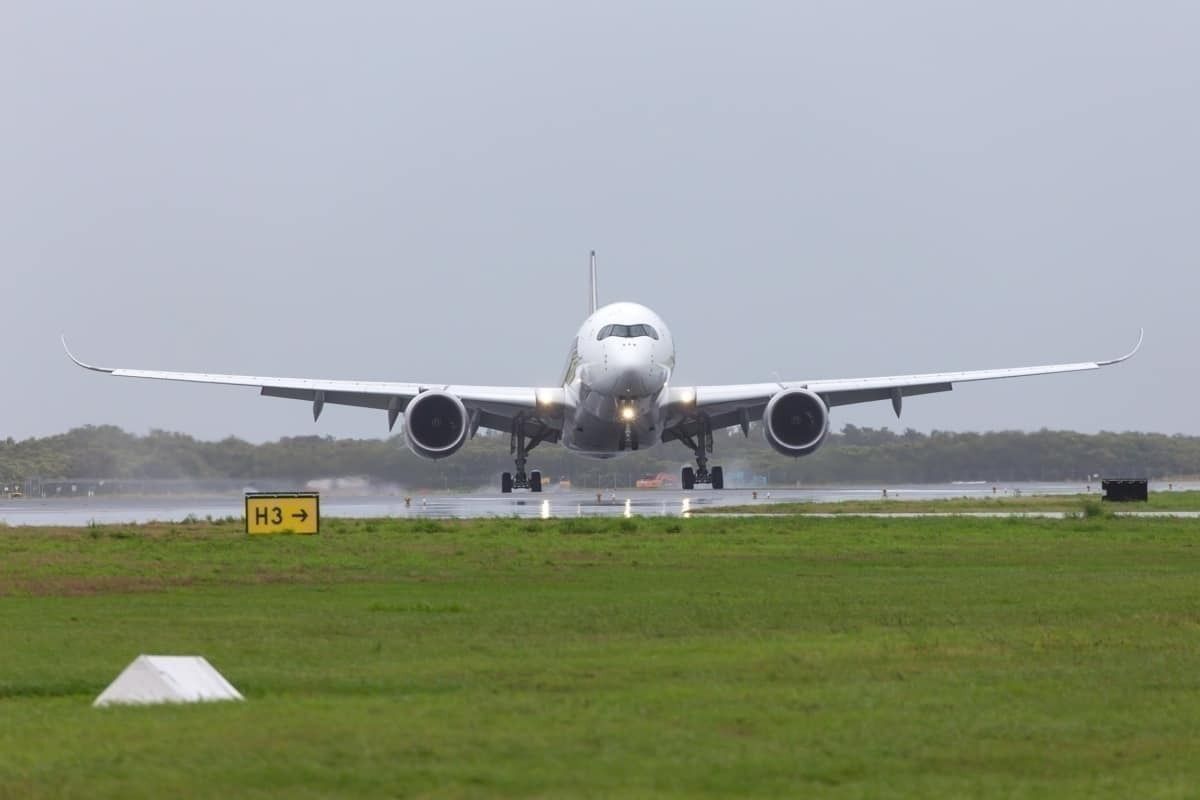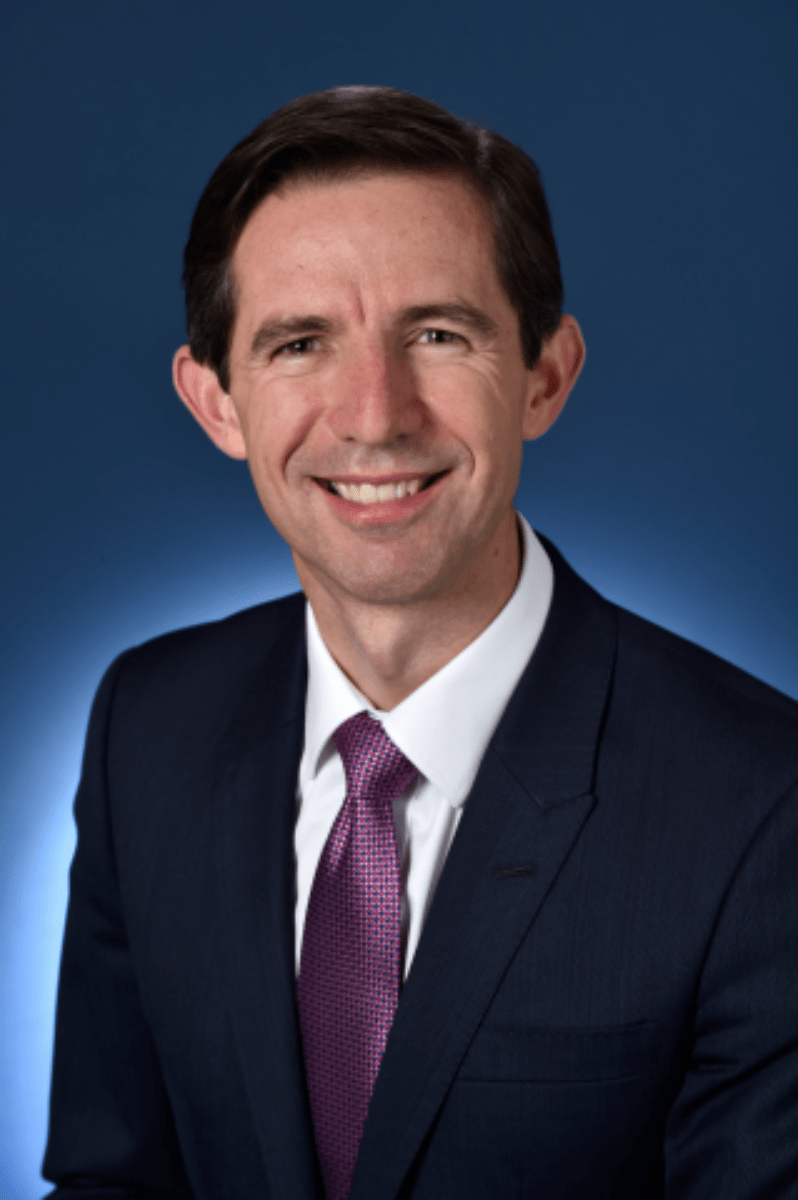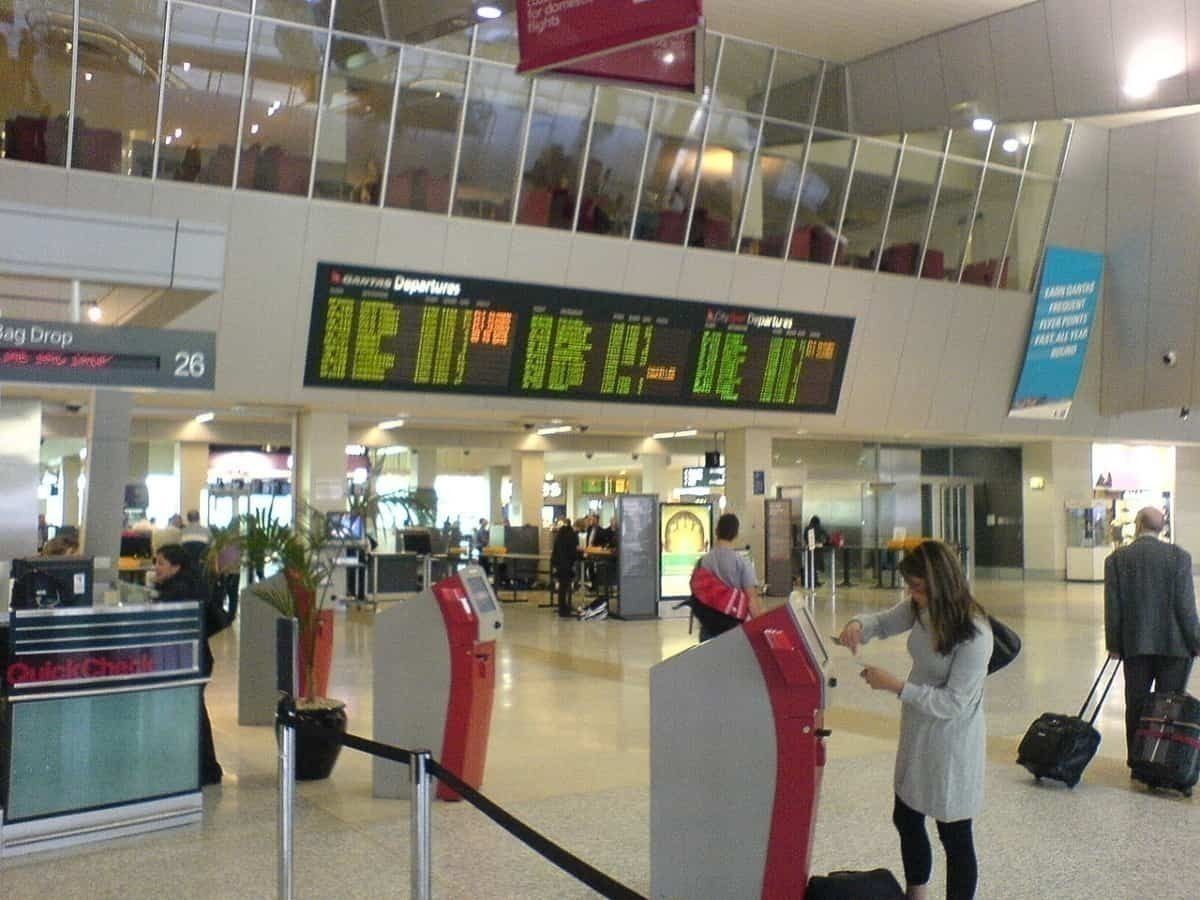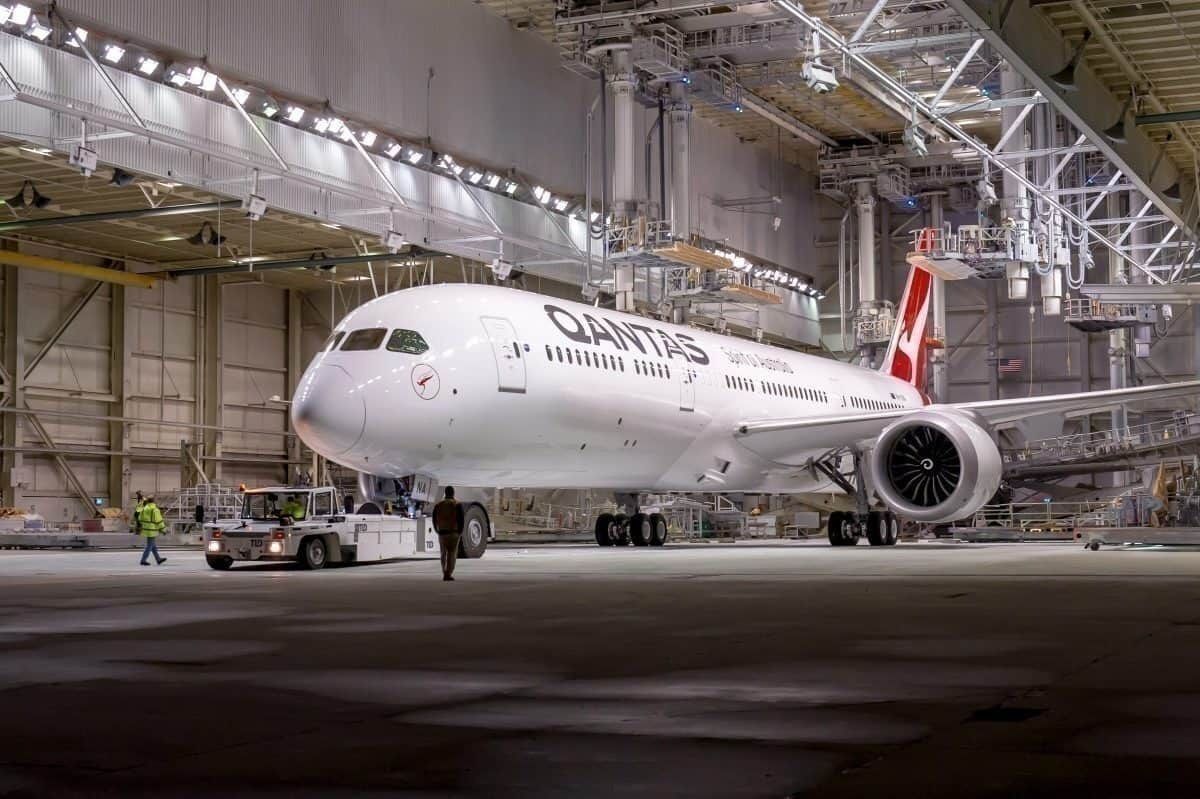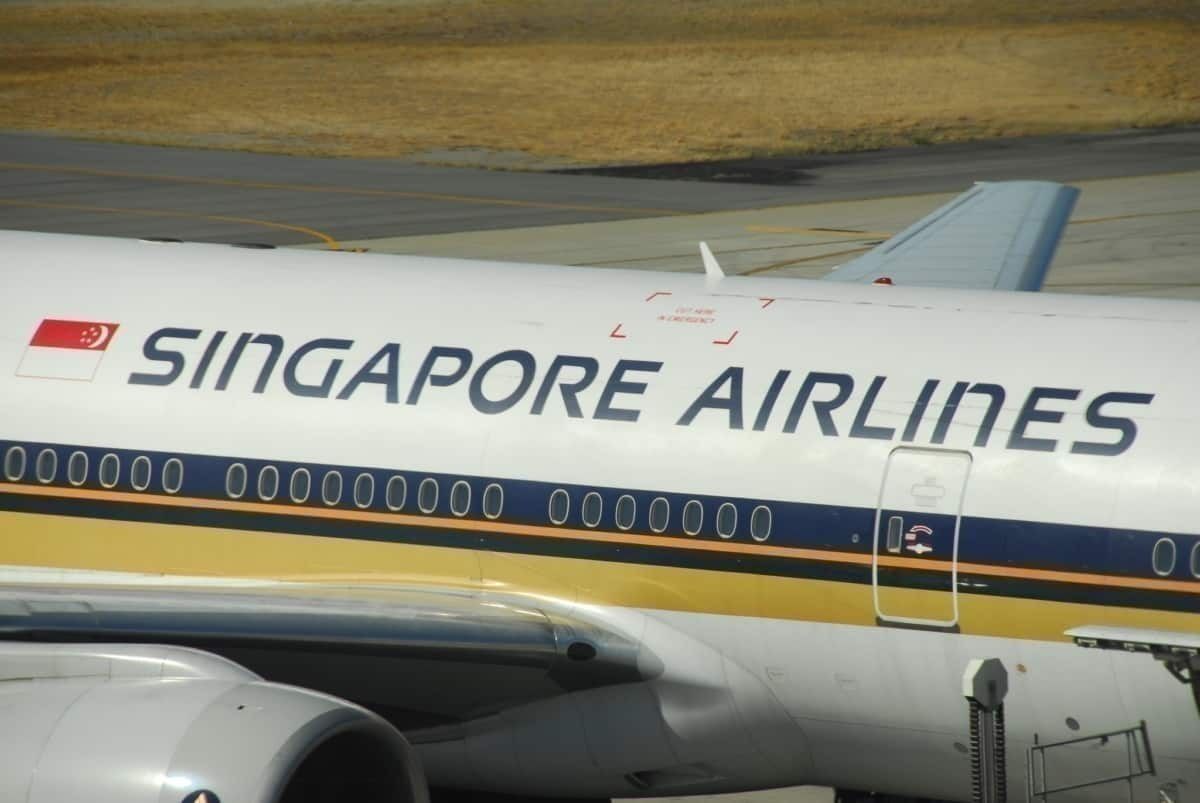Around the world, many countries slammed their borders shut when COVID-19 tightened its grip. Australia was no exception. Australia went in early and went in hard when it came to border closures. But some countries are starting to crack their borders open. The EU is allowing travelers in from 14 countries from this week. However, Australia shows no signs of opening its international borders.
While travelers from elsewhere remain banned from entering Australia, Australians also remain banned from leaving Australia unless exceptional circumstances exist. That ban has been in place since March. There are millions of potential travelers with itchy feet keen to cross the border from both directions.
Stay informed: Sign up for our daily aviation news digest.
Australia's borders likely to stay shut for some time
So when will Australia's international border re-open? The short answer is not anytime soon. Optimists are crossing their fingers for border restrictions to be relaxed by the end of the year. The pessimists are looking at another year of closures. A lot of people take the middle road, thinking Australia's international borders will start to re-open early next year. But it is all conjecture right now.
In a speech to Canberra's National Press Club in mid-June, Australia's Tourism Minister, Simon Birmingham said;
"I do sadly think that in terms of open tourist-related travel in or out of Australia, that remains quite some distance off."
The Senator thought next year was more likely than this year. Owing to those early border closures, Australia has dealt with COVID-19 reasonably well. There have been just 104 deaths. While there were sharp declines in infections in early June, there has since been a second spike in centered on Melbourne in the state of Victoria. There have been 74 new cases in the last 24 hours, with 64 of them in Melbourne. That's a lot by Australian standards and has refocused attention on the virus.
A spike in COVID-19 cases leads to a ban international flights into Melbourne
The bulk of those cases emanated from security guards minding quarantining passengers in hotels in Melbourne. Australia is letting its citizens and some essential travelers in, but they have to undergo a mandatory 14-day quarantine. The contracted security guards have got the boot, and the Victorian Government is bringing in prison guards from Corrections Victoria to keep an eye on things.
In this environment, the Victorian Government wants to ban all international flights into Melbourne for the next fortnight. While Qantas and Virgin Australia are not running international flights, China Southern, Emirates, Etihad Airways, Cathay Pacific, Singapore Airlines, Qatar, and Air New Zealand are still flying into Melbourne, albeit on much-reduced schedules.
Unfortunately for the Victorian Government, Australia's airports come under Federal Government jurisdiction. Banning international flights into Melbourne is Canberra's call. However, the Victorian Government says international flights will be banned until July 15. That this is occurring suggests COVID-19 remains a live issue in Australia and does not bode well for its international borders re-opening soon.
Qantas boss has gloomy outlook regarding border re-openings
A man with a vested interest in seeing Australia's borders re-open is Qantas CEO, Alan Joyce. But his considered view is gloomy. Last week, he suggested Australia's borders wouldn't re-open until mid-2021.
"We have to be realistic about it and saying with what's happening in the rest of the globe, it is probably an extended period of time before we'll open up those borders," he said when he announced Qantas' international fleet would be mothballed.
However, the airline is charging up its local operations and is ramping up its domestic services. From today, various Qantas Club lounges will begin re-opening. That includes some usually busy lounges in Sydney and Perth but also a few lesser lights in the lounge world, such as the Kalgoorlie, Coffs Harbour, and Alice Springs lounges. Both the big Brisbane and Melbourne lounges are missing from the list of the first round of lounge re-openings.
At the same time, Qantas has announced it is beginning two new regional routes. These flights were scheduled to start earlier this year but COVID-19 derailed them. However, inaugural Qantas flights between Sydney and Orange and Sydney and Ballina/Byron are beginning this month.
It's a sharp reorientation back to domestic focus at Qantas. That supports Alan Joyce's comments last week. Over at local competitor, Virgin Australia, now freshly minted under new ownership, it's debatable whether it will ever resume international operations again.
EU says yes, Australia says no to travel
Australia's relatively hard line on its borders runs contrary to what some countries are doing. Several jurisdictions have initiated or want to initiate travel bubbles, allowing Australians to fly in and presumably hoping Australia will allow their citizens to travel too.
Australia is on the EU's list of 14 countries whose citizens can travel into EU countries. Greece flagged the idea of a travel bubble with Australia. Various countries are open to the idea of travelers arriving from a country with such low COVID-19 numbers.
But the Australian Government isn't interested. The EU might have given Australia the green light, but Australia has not reciprocated. Australians generally cannot leave the country to travel to the EU, and EU citizens cannot come to Australia.
A gradual re-opening of borders to select countries
The only travel bubble Australia is interested in right now is one with New Zealand. That has been on the books for a while, but right now, it isn't getting the traction it was. That could be due to the spike in COVID-19 cases in Victoria and the first reported cases in New Zealand in nearly a month in mid-June.
However, Australia opening its borders to New Zealand citizens and letting Australians travel to New Zealand will still represent the first easing of border restrictions. That might happen sometime this year. Or it might not.
Several South Pacific countries whose economies are heavily dependant on tourist trade from Australia are also keen to be included in any travel bubble. Given most of these countries have strong ties to Australia and were relatively unscathed by COVID-19, it's entirely possible that could happen.
From there, the Australian Government will probably cast its eye north, up into Asia, focusing on countries that have low numbers of COVID-19 cases and decent management protocols in place. Likely candidates include Japan, South Korea, Taiwan, and Singapore. Of course, those countries have to give Australia the nod.
Some countries unlikely to get the nod
But there are some significant countries whose citizens are not likely to be allowed into Australia anytime soon. They include the United Kingdom, the United States, EU countries, Brazil, China, India, and Indonesia. That's bad news for the airlines because there is usually a lot of traffic between Australia and most of these countries. Bu the Australian Government's view is that while tourism is important, it takes a back seat to health and biosecurity concerns.
Acknowledging that Australia's international borders will remain shut for some time, Qantas' Alan Joyce is sanguine. He said last week;
"We’re fundamentally optimistic about the future.
"As we’ve done throughout this crisis, our decisions are based on the facts we have now and the road we see in front of us."

